By Maya-Rose Edwards –
As one of the recipients of the Youth Arts Bursary, I was able to access training and development opportunities out with my work with Rumpus Rooms in Govanhill. My research-based project thus far has been exploring the connection and between Queer and Rural identities, working in text, film and sculpture to reveal the mimesis between these two seemingly opposing identities.
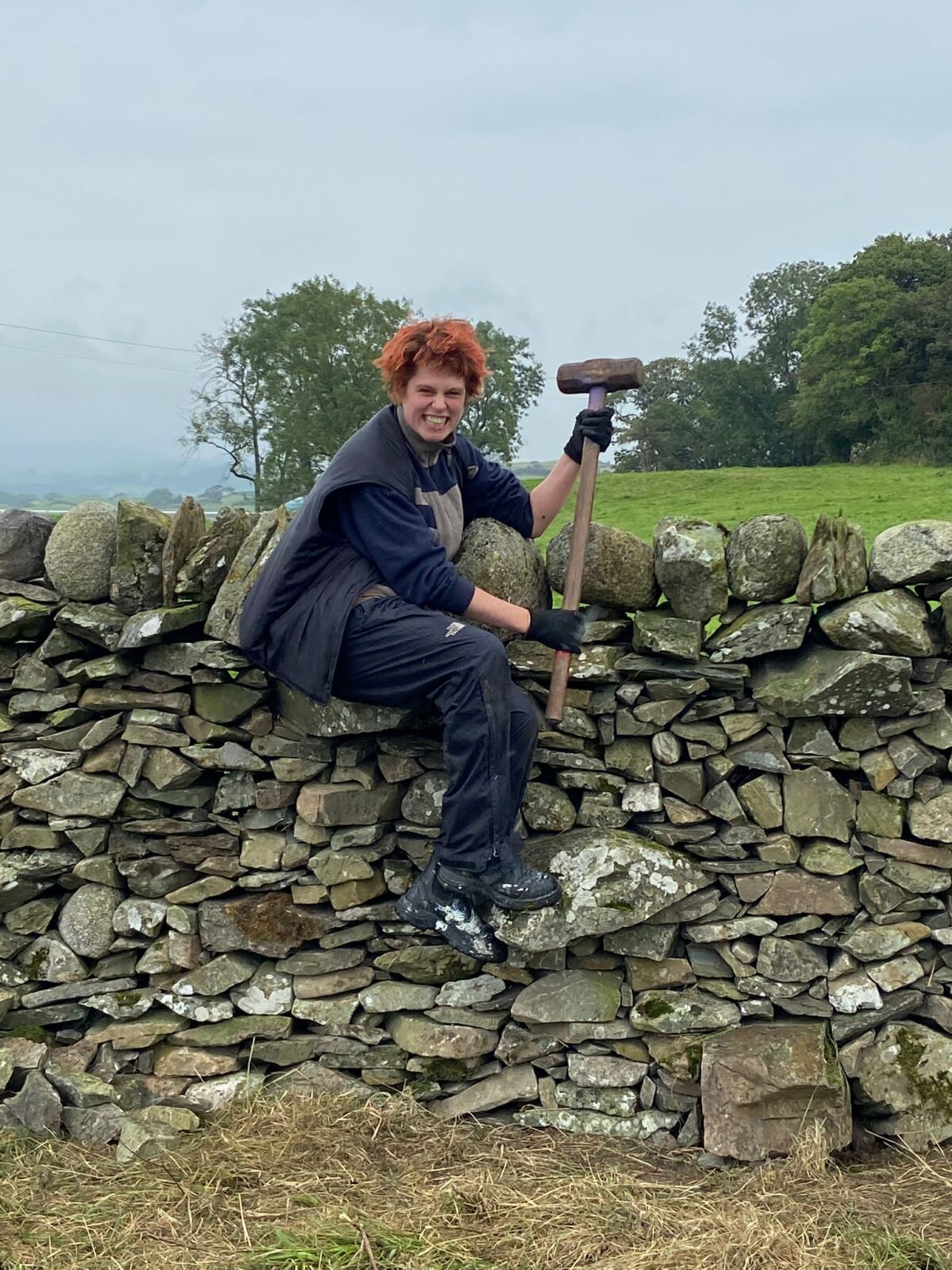
Dry Stone Dykes are one traditional form of craft and space making that I have been particularly drawn to during this period of research. The dry-stone dyke bears generations of ecology in its form, acting as the mother of the field it is built to contain. Due to their structure, dry stone walls are able to travel across fields. They migrate with their residents at an imperceptible rate in response to weather and shifting lands, each stone leaning on the next, permanently altering the flow of traffic using nothing but sheer balance.
I spent the weekend with the National Dry Stone Walling Association on a beginners level Dyking course. A motley crew joined from all walks of life to construct a wall together in Dumfries over the course of two laborious days. Together we each picked up and discarded over 3 tonnes of sandstone and granite, becoming more knowledgeable about each gap, fissure and face of our dyke as the hours went by. We ate together, rested together and built together in what I believe to be one of the most beautiful and ancient forms of participatory sculpture I’ve ever had the pleasure of taking part in.
Boundary publics are not always tangible locations, they are strategies for space making, re-appropriating the most unaccommodating sites for vibrant renewal. Potential comes from using things in ways they haven’t been used before. Stone walls and queer lives are as inconspicuous as they are ubiquitous.
Huge thankyou to Rumpus Rooms and Youth Arts Bursary for facilitating.
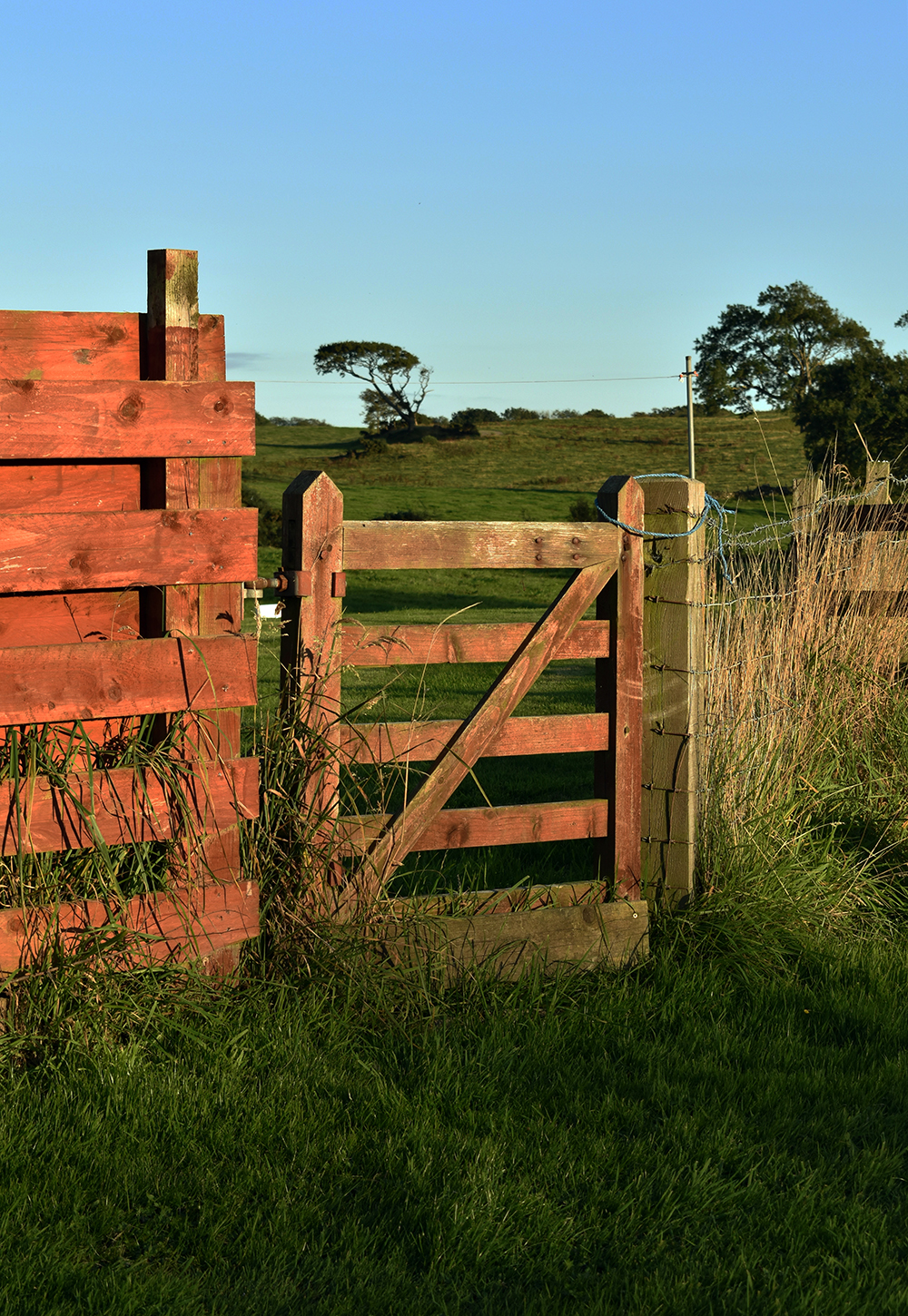
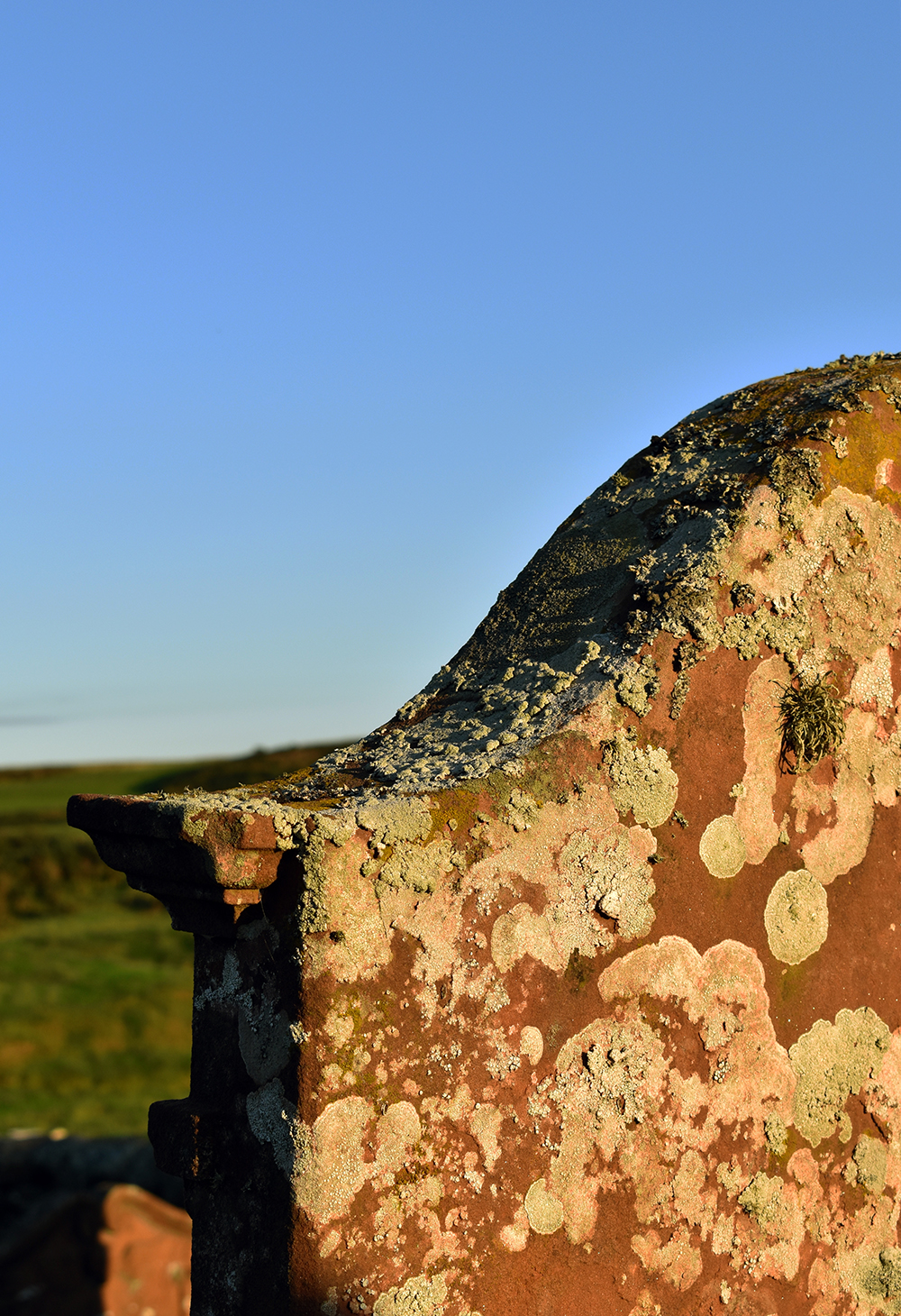
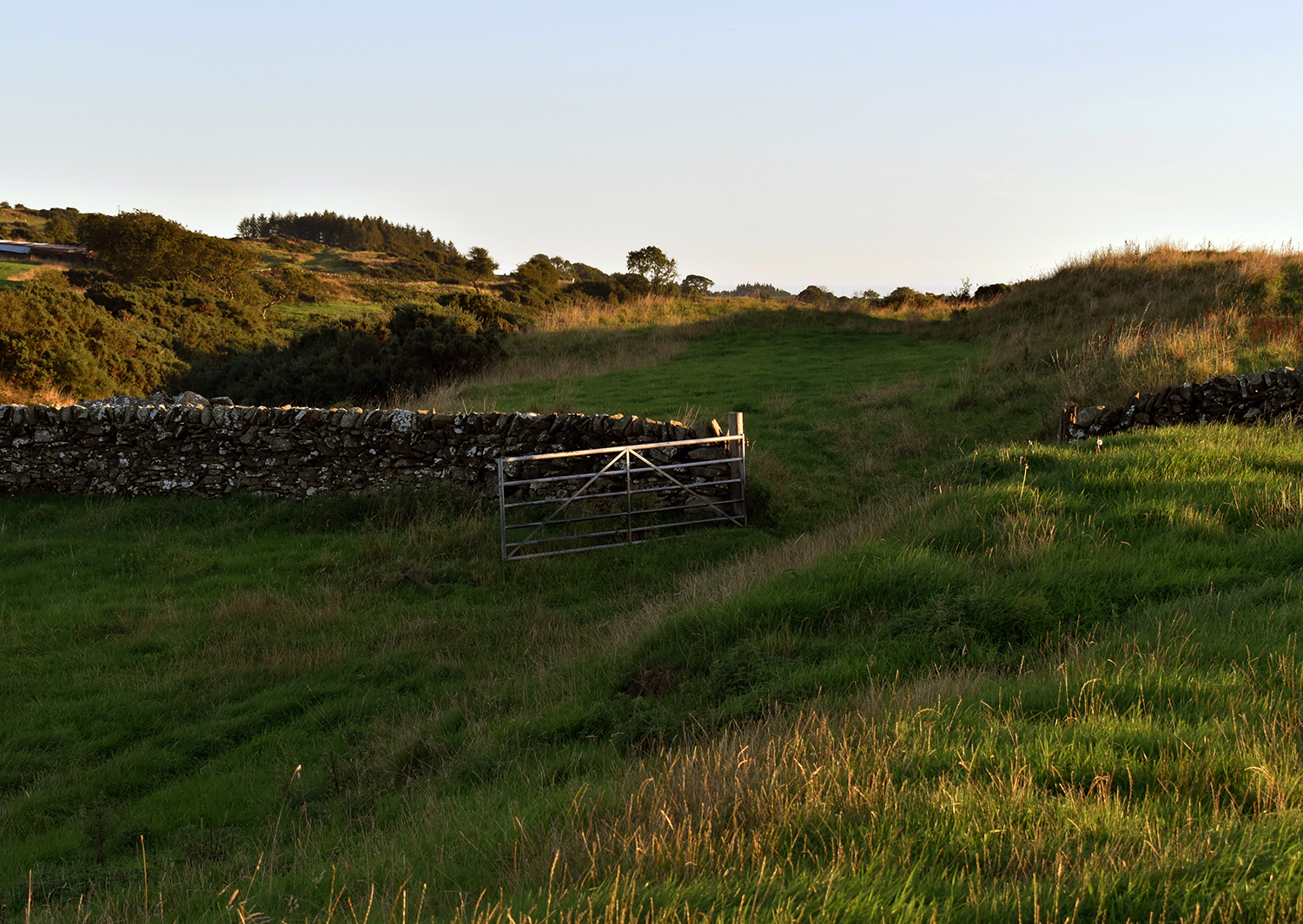
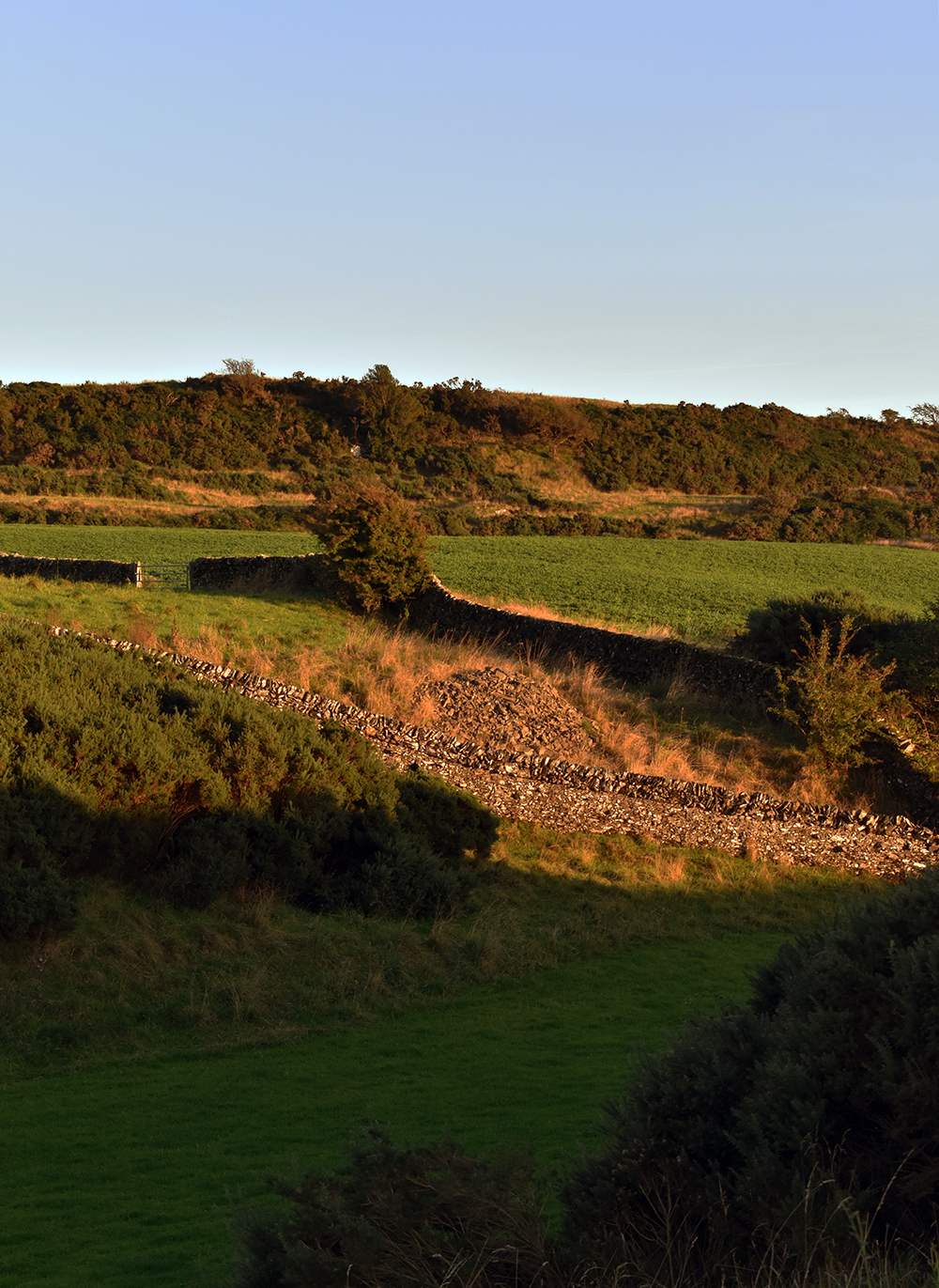
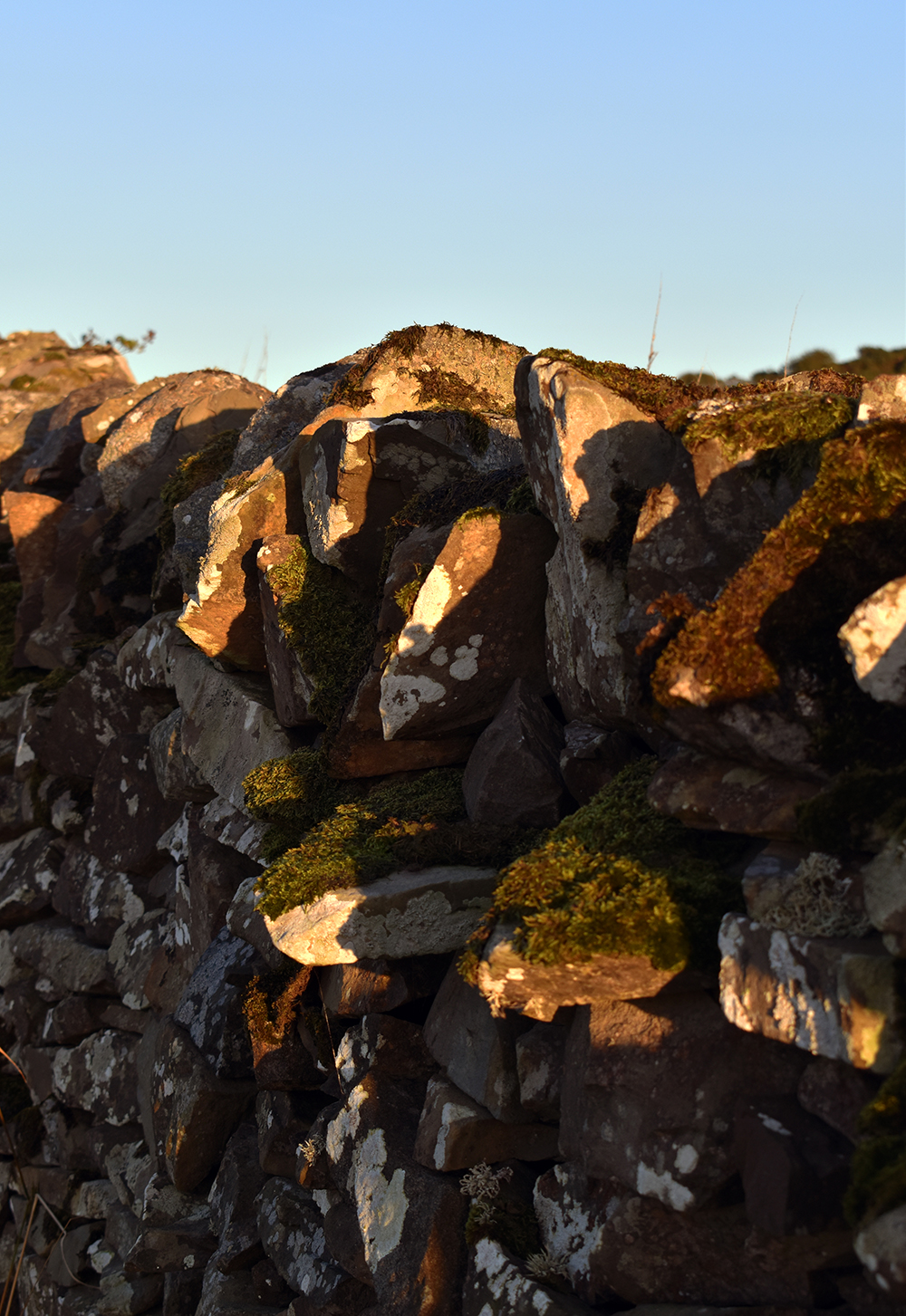
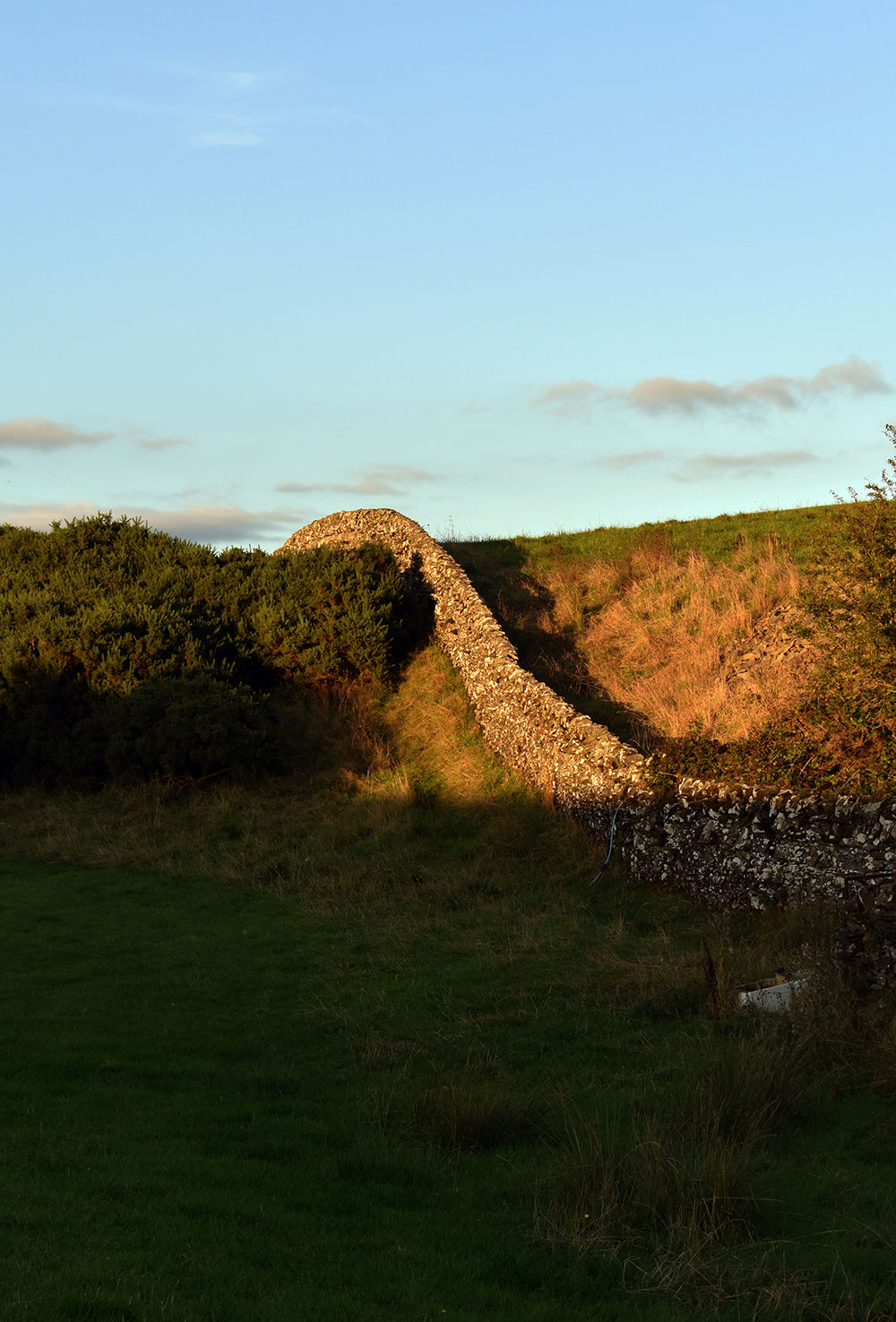
Text response from the site:
Ants are crawling over lichen worlds, working towards a gold dipped urn at sunset. Through dykes and over stiles toward what’s come before now. Within my sheep pen, I’m sat, drawing squared paper fencing in towards myself. Mosses use tree stumps as a stage.
The breeze makes the yellow sheafs shudder like a crowd, like they know something I don’t. The sun is setting over the highest mound and I’m sat still between cow mud markers catching the final wink before the summer curtains close.
It’s winter in the shade again and all the sheep are following their tails home, breaking up constellations within the patchwork, sewing up seams. I learnt about the types of clouds yesterday and thought of naming 4 children after them. Stratus, Nimbus, Cumulous, and Cirrus; new gods older than these walls.
The local dyking practice is to leave deliberately protruding stones along the stretch of her body. Little steps. Over and along. Out and about. Old fence posts, no instruction. Whether or not designed this way, this is what we use them for. Placeholders, people carriers, weightbearing, milestones. Dirty old dykes, there is no gender outside. Everyone needs waterproofs in the rain.